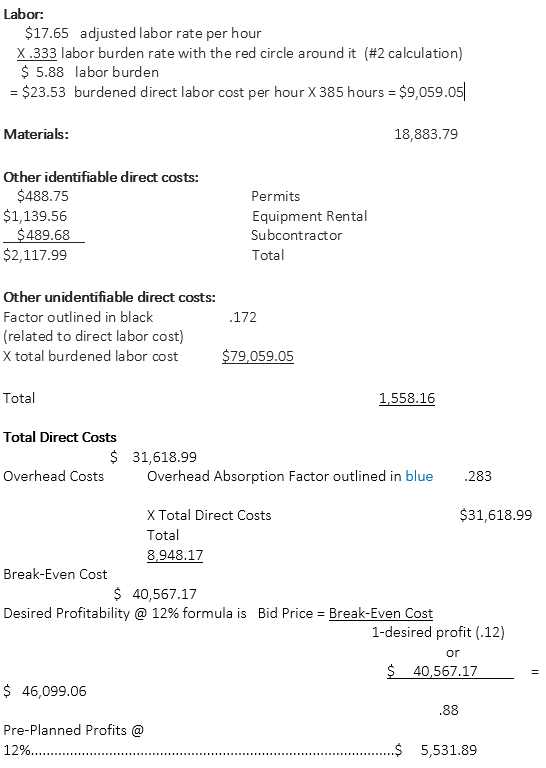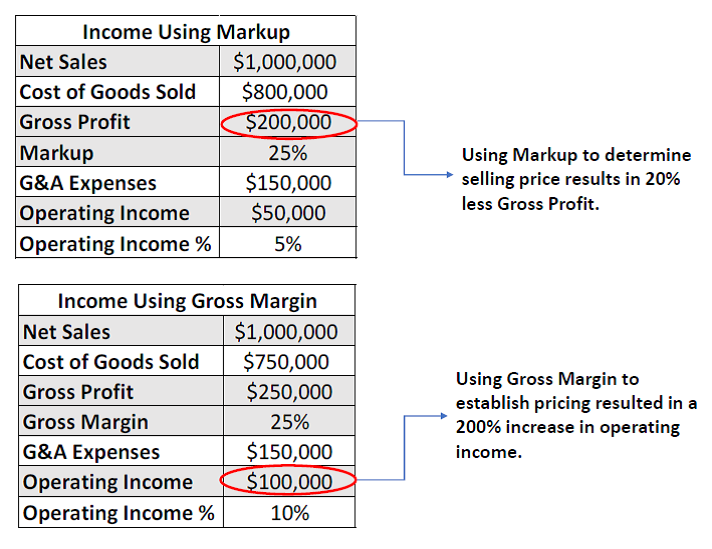Do you have a business to sell in the next few years? If so, then you are joining the ranks of a significant number of owners who also wish to sell.
Baby boomer business owners (born from 1946 to 1964) have started to retire, and it is having a significant impact on the business real estate market. We are in the midst of the most substantial turnover of privately owned companies in the history of our country.
By the time their owners retire, estimates say that 65% to 75% of businesses will have passed to the next generation, closed or sold. Fewer than 20% will pass to family, 18% – 35% (depending on size) will sell and about 50% will close. The majority of the past and future companies which close had/have owners who wanted to sell, but they could not find a buyer.
The state of the market is good news for buyers and bad news for sellers.
If you have spent the required time, money and energy positioning your company to look attractive to buyers, you will probably survive the glut. If you have not – and you are serious about selling your company – then you will need to push back your retirement and develop a comprehensive exit strategy.
Here are some of the things for which savvy buyers look.
- Fair asking price – Many owners find the task of realistically estimating the worth of their businesses challenging. You should be able to prove, not guess, that your company will provide a reasonable return on the buyer’s investment.
- Reasonable Market Salary – Buyers will want proof of your salary and bonuses for the previous 3 – 5 years. They also want to know if they can reasonably expect the same income, and that it is within industry standards.
Many owners have to delay selling to clean up their taxes and financials to show accurate, legal information – no more skimming, cash deals not put on the books or running personal expenses through the business.
- Ability to maintain historical revenues ” The majority of buyers are looking for a turn-key operation, not a fixer-upper. You will want to show that you have kept up with capital improvements, technological innovations and facilities/equipment management. Younger buyers are interested in a well-established, well-maintained brand with a strong social media presence.
Take a good look at your products/services, customers and your position in the market. Are you selling products that are comparable to your competitors’, or are they outdated? Do you have a diverse, sustainable customer base? Who are your competitors and what is your market share?
- Serviceable debt in 3 – 7 years ” Serious buyers will want to be out from under their debt in a reasonable time frame. You should be able to show them how they can do that. If you do not, the owner who can demonstrate to them his or her company is a “good deal” will make the sale.
- Strong Financials ” Your financials must be in good order, and you should be able to talk about them intelligently. Qualified buyers will want to talk about cash flow, debt, profit, costs, labor burden, margins, accounts receivables, overhead and expenses.
- Personnel – Buyers expect a functioning workforce. Take a good, impartial look at your management team and labor force – do they enhance or detract from the worth of the company? You have a much better chance of making the sale if you have documented productivity numbers showcasing your employee’s effectiveness.
An organizational chart that is too top heavy, full of nonproductive family members, low functioning shareholders, or an unbalanced supervisor to employee ratio can often reduce or end a buyer’s interest.
The baby-boomer business owner retirement wave is here, and it is going to be around for some time. Industry experts worry it may end up being a tsunami, but you do not have to get swept away by it. It is essential that you look well ahead, and develop an exit strategy which effectively positions your company to sell in a buyer’s market.








